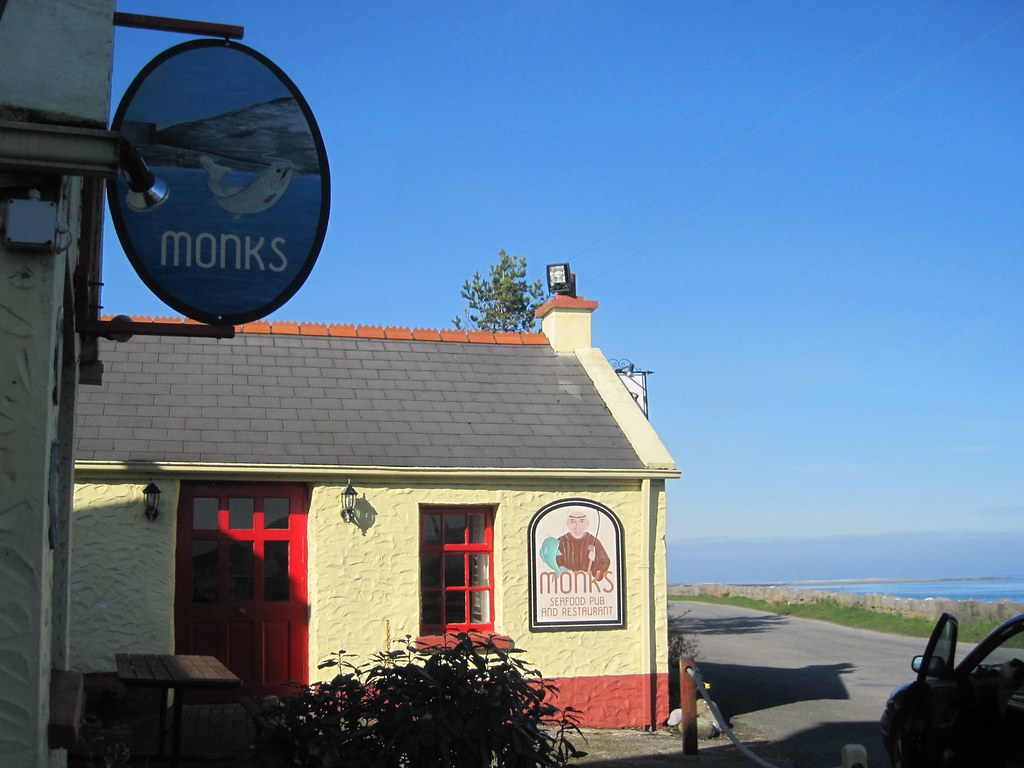"While there remains a viable market in the United States for scrap like soda bottles and cardboard, it is not large enough to soak up all of the plastics and paper that Americans try to recycle. The recycling companies say they cannot depend on selling used plastic and paper at prices that cover their processing costs, so they are asking municipalities to pay significantly more for their recycling services. Some companies are also charging customers additional 'contamination' fees for recycled material that is mixed in with trash." -- NY Times, "As Costs Skyrocket, More U.S. Cities Stop Recycling," March 16, 2019.In my kitchen: lots of containers and packaging that need recycling. Or at least I think they do. The rules for recycling have been changing rapidly. A few years ago, most containers, clean cardboard, and lots of other things were welcomed into the recycling center where they were sorted and sent to manufacturers who paid at least some money. Our city, Ann Arbor, made money out of trash.
As I said in a recent blog post about the history of recycling, expecting too much from recycling was not a sustainable habit for Ann Arbor citizens or anyone throughout the country to have acquired, and many practical recycling problems now plague us. Like many people, I'm worried about the vast quantities of plastic polluting our waterways and endangering fish and wildlife, and about the vast quantities of all kinds of trash piling up in our landfills.
 |
| Trader Joe's also offers lots of unpackaged fruit and vegetables, obviously not local. Some like these are offered unwrapped, others in plastic boxes. |
 |
| Here in my kitchen: plastics marked with the little triangle with a "2" in it. All bottles and tubs in this plastic are accepted for city recycling. No lids. |
 |
| Also in my kitchen: plastics with the number 1. "The City of Ann Arbor accepts all #1 bottle and tub-shaped containers in the curbside recycling program." |
"About 25 percent of what ends up in the blue bins is contaminated, according to the National Waste & Recycling Association. For decades, we’ve been throwing just about whatever we wanted—wire hangers and pizza boxes and ketchup bottles and yogurt containers—into the bin and sending it to China, where low-paid workers sorted through it and cleaned it up. That’s no longer an option. And in the United States, at least, it rarely makes sense to employ people to sort through our recycling so that it can be made into new material, because virgin plastics and paper are still cheaper in comparison." -- The Atlantic, "Is This the End of Recycling?" March 5, 2019.
Am I irresponsible for buying these madeleines that are in a box and each
individually packaged? I like them this way because they don't get stale.
 |
| Recyclable? Ann Arbor recycling says yes to numbers 4-7 tubs and containers. Other programs may not accept them. |
Every month, bloggers on several continents share what's in their kitchens by posting at Sherry's "In My Kitchen" (http://sherryspickings.blogspot.com/). I'm sharing this post with them, and I hope some of them will tell us about recycling issues in their environments.





















































